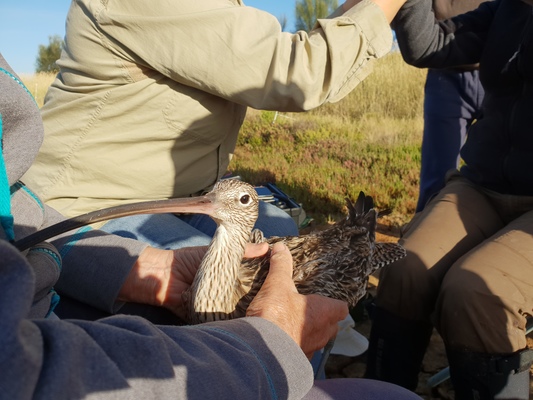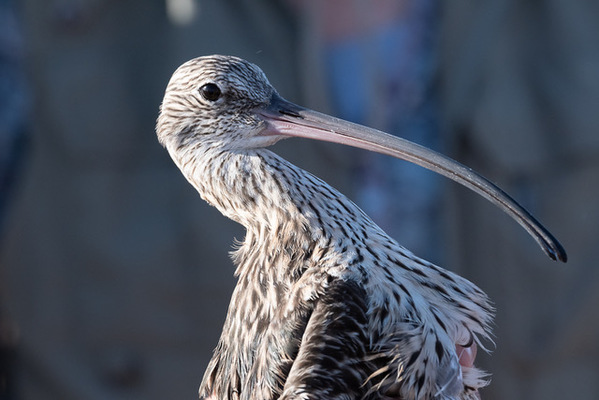By Danielle Kutchel
Three feathered Western Port residents are currently completing an epic global trek, with the survival of their species resting on their wings.
Koo, Wee and Rup are a trio of Eastern Curlews whose movements are being tracked as part of wider efforts to raise awareness of the critically endangered bird and the challenges that they face during migration.
Eastern Curlews breed in Russia and north-eastern China, and each year a number of the birds make the migratory journey – some even travelling as far as northern Siberia, a journey of over 11,000 kilometres.
Koo, Wee and Rup were fitted with satellite transmitters back in January this year when they were caught on Western Port near Yallock Creek.
The transmitters allow researchers to see exactly where the birds go and how long it takes them to get there.
Koo has made it to China and is currently stopping over Zhoushan on China’s eastern coast, Wee has made it north of the Yellow Sea, while Rup was blown off course in a storm and after spending some time in Queensland, has come back to Western Port and is moving between Jam Jerrup and Yallock.
None of the three birds have made it to the breeding grounds this year.
“We’d like to see them in the breeding grounds in northern China, on the borderline between Russia and Siberia,” says Dr Pat Macwhirter, president of Healesville to Phillip Island Nature Link.
“They don’t all go every year, and they don’t all have successful breeding seasons every year but that’s where they’re heading and if something stops them, they can come back to Western Port.”
The satellite transmitters provide real time updates of the Eastern Curlews whereabouts – valuable insights for the researchers keen to save the species.
“Our aim is to try and work out the threats along the way,” Dr Macwhirter says.
“Key issues we’ve got are even though they are protected they are caught by people in China and eaten. Also, a lot of coastal land is being reclaimed in China and Korea for agriculture, airports, all sorts of industrial uses.”
While these activities don’t impact the breeding grounds directly, she says it does affect the birds’ stopping points on their journey.
“Eastern Curlews have to have water and they feed in salt water, so they need coastal areas to access.”
The researchers hope that the information will be taken into account when coastal developments are planned.
Pinning down their exact breeding grounds will also be “incredibly helpful”, Dr Macwhirter says, and will help to raise public awareness and understanding of the birds’ lifecycle.
“We’d like to encourage people locally to realise we have these birds that are threatened internationally, and habitat is critical to their survival because their numbers are dropping,” she adds.








